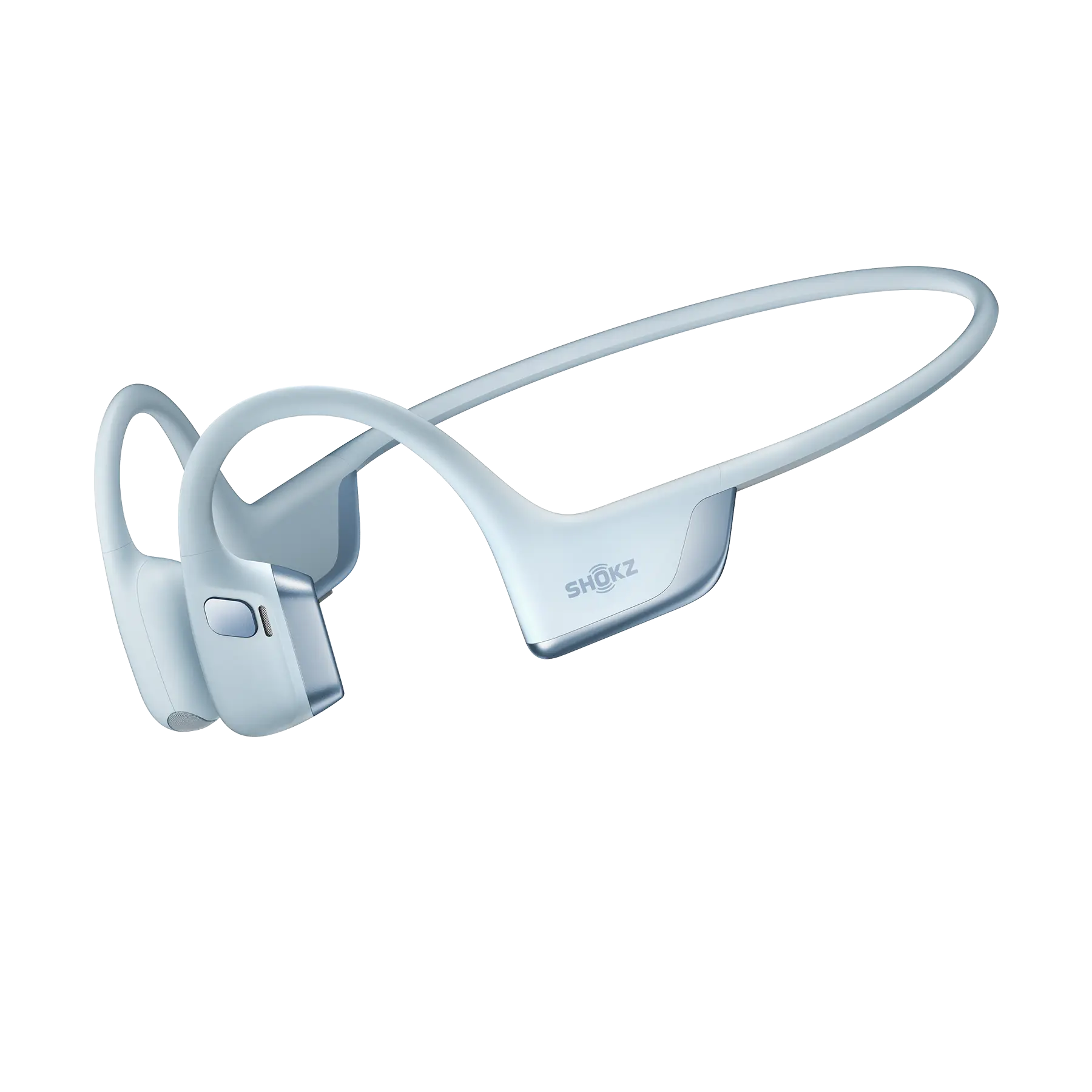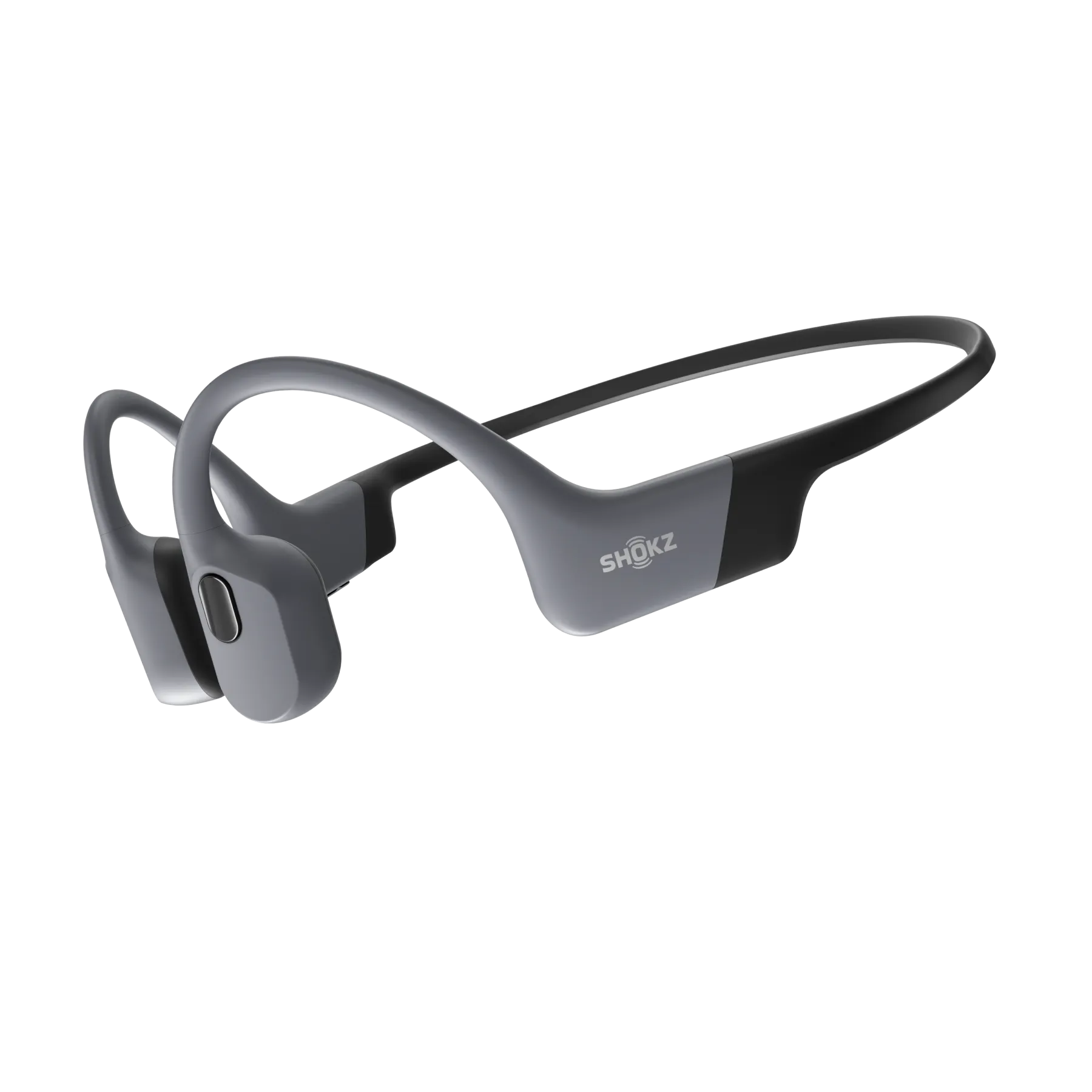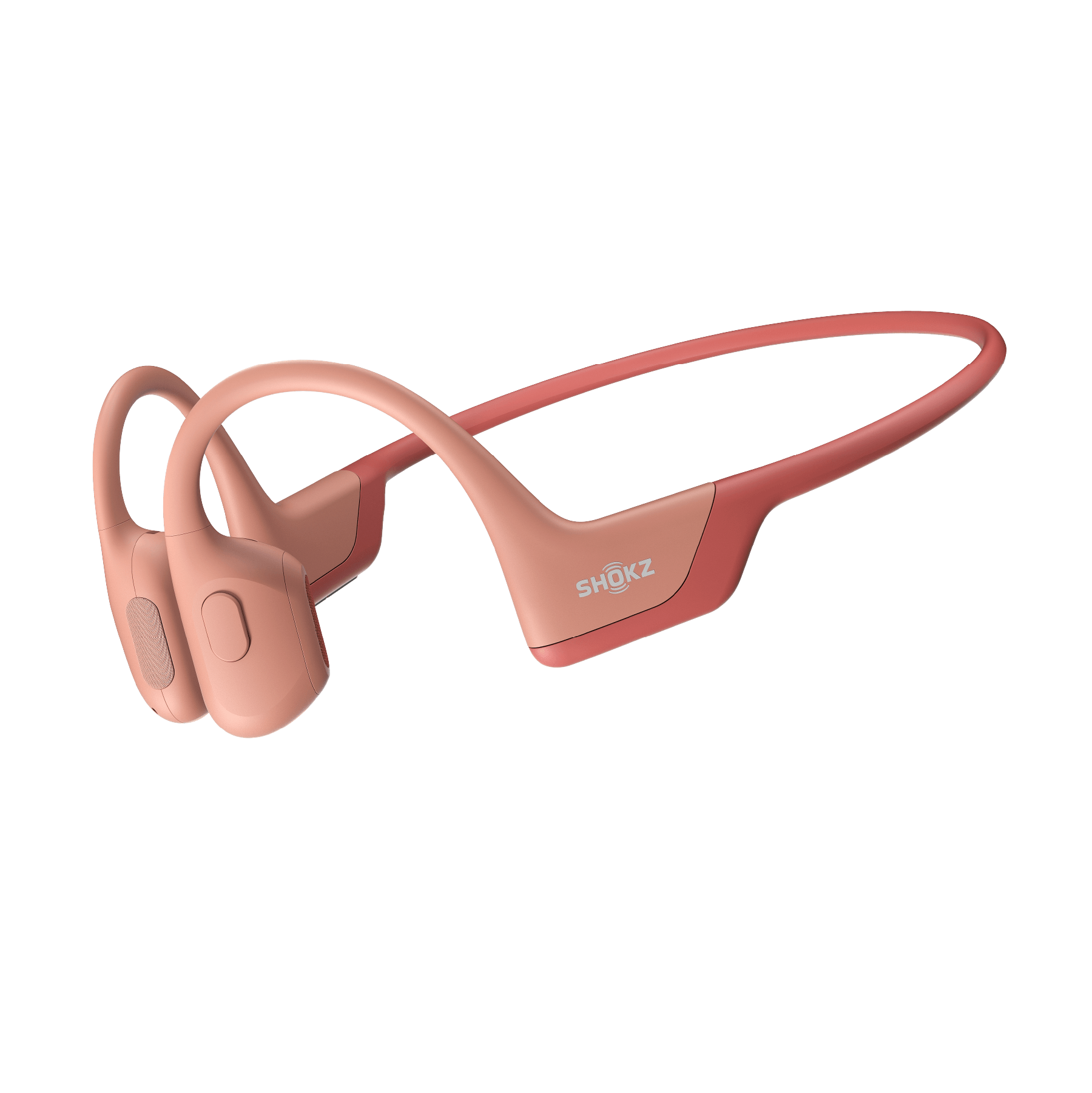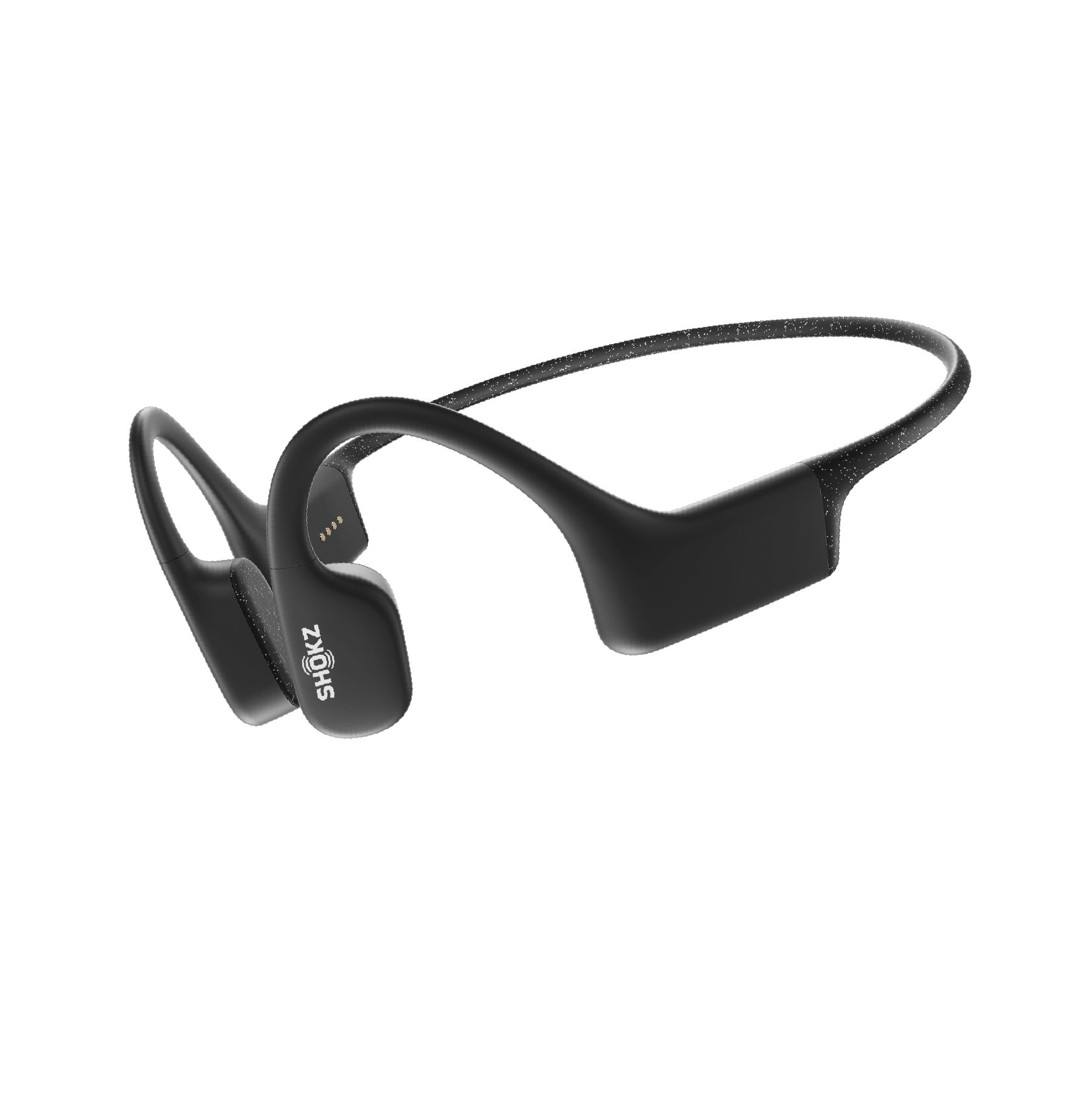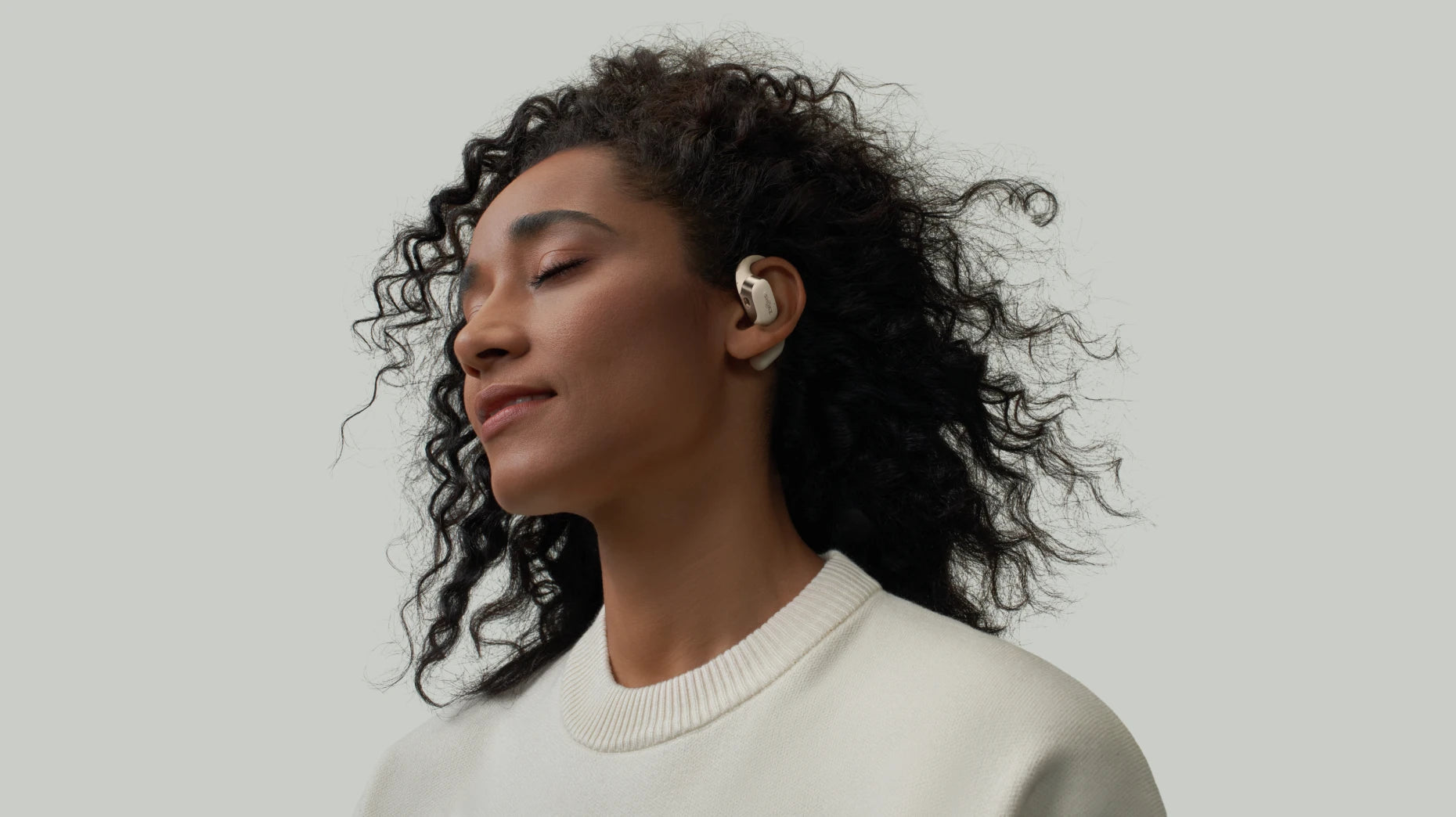Imagine gliding through the calm blue waters of Lake Louise or powering through laps at your local community pool. The rhythm of your strokes, the sound of the water, the focus—it’s peaceful, almost meditative. Now imagine adding your favourite playlist to that experience.
This guide explores the key features to look for in waterproof headphones for swimming and highlights some of the best models available in Canada. With the right pair, you can turn every swim into a motivating, music-filled workout.
Key Features before Buying Waterproof Headphones for Swimming
Choosing waterproof headphones is different from buying regular workout gear. You’ll need to consider how they handle water, fit with your swim gear, and perform in the unique sound environment of a pool.
Waterproof Rating & Depth
Look for an IPX8 or IP68 rating. These models can handle full submersion, typically up to two metres, making them safe and reliable underwater.
Fit & Stability Under Cap And Goggles
Your headphones should stay secure and comfortable under a swim cap and goggles.
A stable fit keeps them in place through every flip turn and sprint.
Sound & Awareness in Water
Water changes how sound travels. Choose wireless headphones designed to deliver clear, consistent audio without dropouts or distortion underwater.
Easy Controls When Wet
Touch panels often fail when wet. Opt for physical buttons or built-in MP3 players for quick, reliable control mid-swim.
Comfort for Long Sets
For longer sessions, comfort matters most. Lightweight, flexible designs—especially open-ear styles, prevent ear pressure and help you stay focused lap after lap.
Best-Rated Headphones for Swimming (Lap Pool & Open Water)
Many brands make waterproof headphones, but Shokz stands out—especially with its Shokz earbuds that feature the brand’s signature open-ear bone-conduction design.
Here are two top choices for Canadian swimmers who value sound, comfort, and durability.
Shokz OpenSwim Pro (Bone-Conduction)
Built for swimmers who demand top performance in and out of the water, OpenSwim Pro combines Bluetooth for land use and an MP3 player for underwater playback. With an IP68 waterproof rating, it can handle full submersion up to about 2 metres for two hours—perfect for pool or open-water swimming.
Important Usage Notice: This model is best suited for surface swimming and general water activities, not deep dives or hot tubs. For underwater use, switch to MP3 mode for a stable listening experience. Rinse with fresh water after each swim to keep it in top condition.
Highlight:
-
8th-Gen Bone Conduction: Delivers clear, full-range sound underwater without blocking your ears.
-
Large 32GB Storage: Store thousands of songs for offline listening—no phone required.
-
Comfort Fit: Low-profile ear hooks fit easily under swim caps and goggles.
-
Physical Controls: Tactile buttons let you adjust tracks or volume easily while swimming.
Shokz OpenSwim
A long-time favourite among swimmers, OpenSwim keeps your ears open while delivering crisp, rich audio through bone-conduction technology. Its IP68 waterproof build and built-in MP3 player make it a reliable companion for long pool sessions.
Important Usage Notice: To enjoy music underwater, first load your favorite tracks onto the built-in MP3 storage. While OpenSwim is fully waterproof, it’s not designed for deep diving or hot-water environments. After each swim, rinse it with fresh water to keep it performing at its best.
Highlight:
-
IP68 Waterproof: Handles up to two hours of continuous swimming with no issues.
-
7th-Gen Stereo Bone Conduction: Provides clear, balanced sound underwater while maintaining awareness of your surroundings.
-
8-Hour Battery Life: Enough power for multiple workouts before recharging.
-
Lightweight Design (30g): Barely noticeable, even during long-distance swims.
Quick Comparison: Shokz OpenSwim Pro vs. OpenSwim
|
Model |
Sound Tech |
Storage |
Waterproof Rating |
Battery Life |
Connectivity |
Best For |
|
OpenSwim Pro |
8th-gen bone conduction |
32 GB |
IP68 |
9 hours |
Bluetooth + MP3 |
Competitive or open-water swimmers who want dual-mode |
|
OpenSwim |
7th-gen stereo bone conduction |
4 GB |
IP68 |
8 hour |
MP3 only |
Lap swimmers seeking simplicity and reliability |
How to Configure Your Waterproof Headphones for Swimming Correctly
Preparation makes all the difference. Follow these steps to get the best performance from your waterproof headphones.
Charge and Check Before the First Swim
Fully charge your headphones and inspect the seals and charging ports for moisture or debris.
Most waterproof models use magnetic contacts or docking cradles—keep them clean and dry.
Load and Organize Your Music
If your headphones have a built-in MP3 player, load your music in advance since Bluetooth doesn’t work underwater. Organize your songs into folders for quick navigation using the physical buttons
Secure Under Cap and Goggles
Place the band first, then pull your swim cap over it. Adjust your goggles last to lock everything in place. This ensures your headphones stay secure through flips and turns.
Adjust and Test in Shallow Water
Enable “Swim Mode” if available to optimize sound clarity. Test volume and playback controls in shallow water before starting your full session.
Safety & Maintenance Tips
Enjoying music in the pool should never come at the expense of safety or gear quality. Keep these habits in mind.
Keep Volume Moderate
Whether you’re in a crowded pool or open water, keep the volume at a safe level to stay aware of your surroundings and prevent hearing fatigue.
Protect Your Ears
Bone-conduction headphones keep your ears open, reducing the risk of a swimmer's ear. If using in-ear models, dry your ears thoroughly after each session.
Avoid Charging Wet
Never charge wet headphones. Dry the device and contacts completely before plugging in. Rinse off chlorine or saltwater after each use to prevent corrosion.
FAQs about Waterproof Headphones:
Bone-conduction vs in-ear: which is better for pools?
Bone-conduction headphones are generally better for swimming. They eliminate sealing and slipping issues common with in-ear buds, provide clearer underwater sound, and prevent water from being trapped in your ear canal.
How do I keep headphones from slipping?
Use the swim cap and goggle sandwich method. First, secure the headband, then pull your swim cap over it, and finally place your goggle strap on top. This locks everything in place, even during fast turns.
How to tell if a model is truly waterproof?
First of all, you can check the IP rating. Only IPX8 or IP68 models can handle full submersion. If it’s labeled water-resistant or sweatproof (such as IP55 or IP67), it’s not made for swimming.
Can they be used in saltwater or hot tubs?
Yes, most IP68-rated models can handle saltwater, but always rinse them with fresh water afterward to prevent corrosion. Avoid hot tubs—the heat and chemicals can damage internal seals and components.
Final Thoughts
The right waterproof headphones can turn every swim into a powerful, music-fueled escape. Focus on models with an IP68 rating, a secure fit under your cap and goggles, and enough storage for your playlists.
If you’re ready to dive in, explore Shokz OpenSwim Pro for pro-level performance or OpenSwim for everyday comfort.
Both deliver crisp sound, lasting comfort, and reliability—perfect for Canadian swimmers who want to make every lap count.
